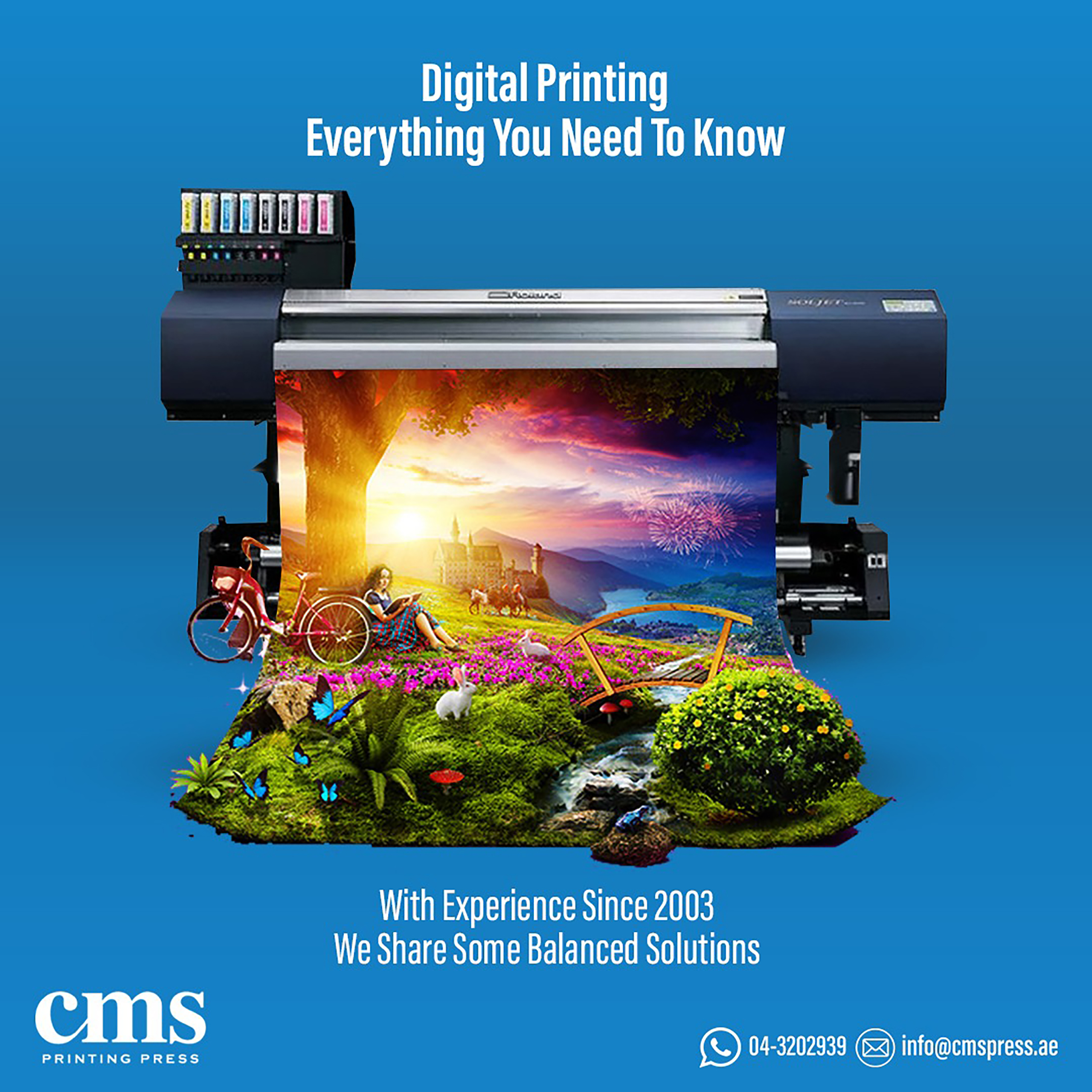Understanding Just How Digital Printing Revolutionizes the Printing Market
The printing industry, long soaked in standard techniques, is going through a radical transformation with the arrival of digital printing. This ingenious technology, which shuns the need for printing plates, enables fast manufacturing and modification, reshaping the landscape of print interaction. With its possible to spur interaction through personalized content and to provide sustainable remedies, it's clear that digital printing is greater than a technological breakthrough; it's a pivotal game changer. But exactly how precisely does it reinvent the market? Allow's check out.
The Development of Digital Printing: A Brief Review
Considering that its creation, digital printing has undergone significant changes, constantly changing the printing market. With the development of the 90s, digital printing innovation started to grow, and the sector witnessed the introduction of direct imaging presses, which got rid of the requirement for printing plates. As the new millennium unravelled, innovations in technology further stimulated the development of electronic printing, leading to the production of high-speed inkjet printers.

Unboxing the Innovation Behind Digital Printing
Exploring the details of digital printing technology, one comes across a rich tapestry of innovative machinery and facility algorithms. At the heart of this procedure lies an electronic image, which is refined by software application that separates it into a grid of dots. These dots are after that exchanged a digital code. This code is analyzed by the printer, which uses it to exactly transfer droplets of ink onto the substratum. The droplets are so little and precise that they produce a photo that is practically tantamount from the original. This complex system, bolstered by sophisticated software and high-resolution imaging, has changed the landscape of the printing industry, paving the method for unprecedented levels of information and precision.

The Advantages of Digital Printing for Businesses
Recognizing the technology behind electronic printing provides a clear photo of its precision and detail. For organizations, this equates right into various benefits. Digital printing uses extraordinary speed, allowing companies to meet tight target dates without compromising on quality. Next, it lowers costs as there are no plates or physical configuration, making it best for small-volume printing jobs. Additionally, this innovation supplies superior consistency with each print outcome, getting rid of variants often find seen in conventional techniques. Lastly, digital printing is eco-friendly, using less ink and producing less waste. The full potential of electronic printing is understood when utilized for personalization and customization, a topic that will be covered in depth in the following area.
The Duty of Digital Printing in Modification and Personalization
While standard printing methods struggle with modification and personalization, electronic printing excels in these locations. It permits for the very easy modification of designs, without the need for pricey and lengthy plate modifications (print on demand). This enables companies to customize products to specific customers, conference particular needs and improving customer contentment
Digital printing also enables for variable information printing, where elements such as text, graphics, and photos may be altered from one published piece to the next, without decreasing the printing procedure. This is particularly helpful for direct marketing projects, where tailored messaging can considerably enhance feedback rates. By doing this, digital printing not just changes the printing market however additionally changes the way services connect with their clients.
Analysing the Ecological Influence of Digital Printing
Although digital printing has actually been admired for its role in customization and customization, it is vital to analyze its ecological influence. Digital my blog printing can be less inefficient than typical approaches, due to the fact that it operates a 'print on demand' basis, getting rid of the need for huge print runs that can result in excess and waste. In addition, it utilizes less chemicals and creates less unstable natural compounds (VOCs) contrasted to offset printing. The power use of digital printers can be high, leading to boosted carbon footprint. The use of non-recyclable printing elements and the obstacle of e-waste management present substantial ecological issues. While electronic printing has numerous benefits, its environmental influence must be conscientiously taken care of.
Verdict
Finally, digital printing has transformed the printing industry, supplying rapid, cost-efficient, and top notch options. It facilitates personalization, improving consumer engagement, and uses a sustainable print-on-demand version. As this modern technology remains find out here to progress, its effect on business communication, customer contentment, and environmental sustainability comes to be progressively extensive. Understanding these modifications is critical for businesses to leverage the benefits of digital printing properly.